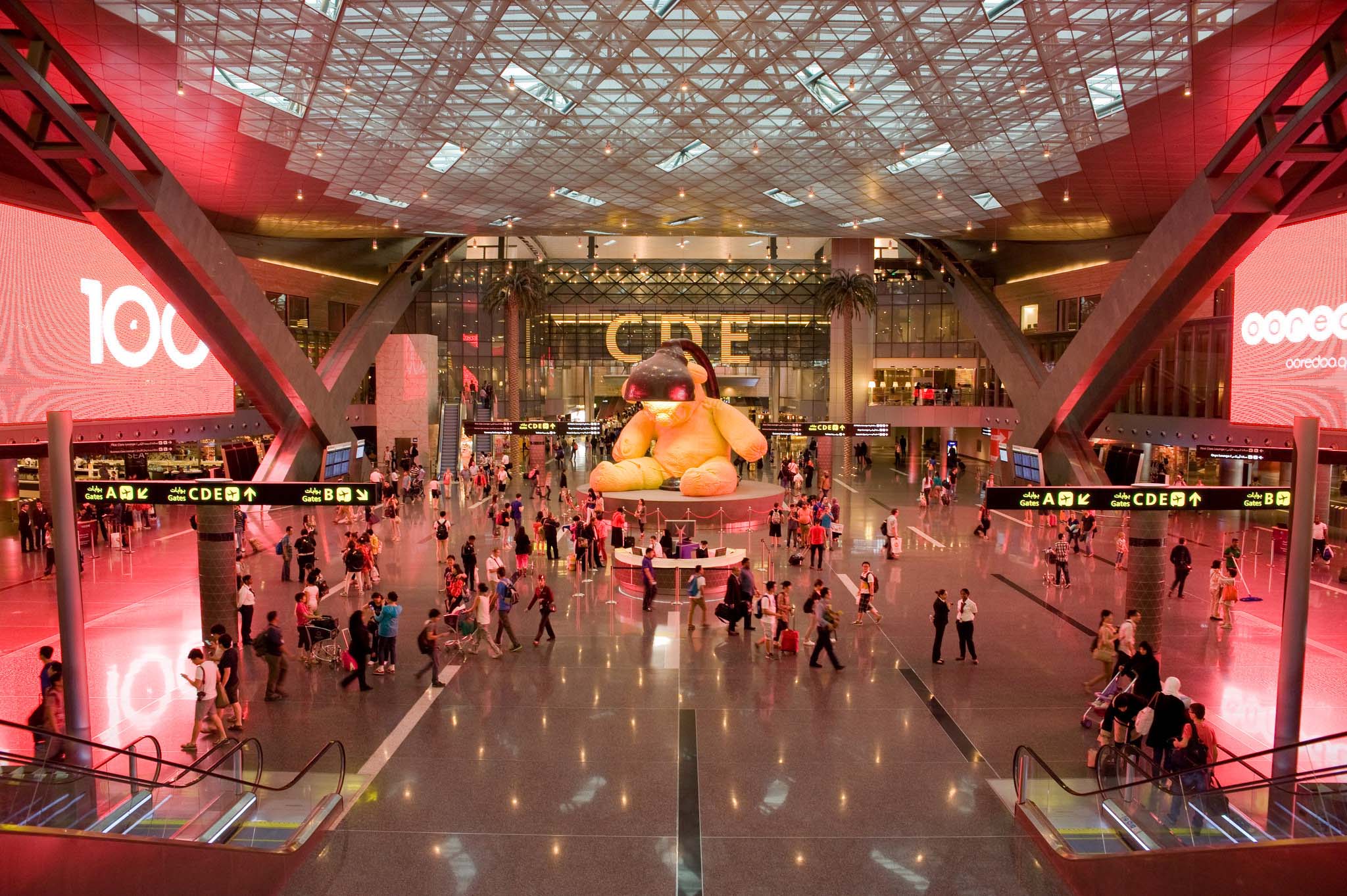
Passenger demand in the Middle East region is slowing, new figures from the International Air Transport Association (IATA) show.
While MENA airlines still posted a 7.5 percent growth in passenger numbers in June, this figure is significantly lower than the double-digit (10.9 percent) growth reported by IATA in January.
Despite this trend, Qatar’s Hamad International Airport (HIA) has grown busier than ever.
According to official statistics, more than 1.5 million passenger movements were recorded at HIA in May 2016, a 24 percent increase from the same month last year.
Global uncertainty
IATA said that slower passenger demand in the MENA region could be due to the fact that Ramadan fell in June, as the holy month is often a quieter time for airlines.

However, it also noted that passenger demand in all regions is being affected by several global issues:
“The fragile and uncertain economic backdrop, political shocks and a wave of terrorist attacks are all contributing to a softer demand environment,” Tony Tyler, IATA’s CEO, said in a statement.
European airlines have been particularly affected, with demand only rising 2.1 percent in June, the smallest increase out of all regions.
Air cargo growth
Though passenger numbers in the region as a whole are slowing, the Middle East has seen the highest increase in air cargo volumes of all regions in the past year
According to the IATA, growth has been 8 percent year-on-year, with capacity increasing by 8.7 percent.

Qatar Airways has been at the forefront of this trend, becoming the third-largest cargo airline in the world last November.
The carrier has more than 54 dedicated cargo destinations, and operates more than 150 other passenger routes.
As it works to harness global demand for freight services, Qatar Airways has been expanding its fleet of freighter aircraft.
It is also building a second cargo terminal at HIA to double cargo capacity.
Thoughts?







